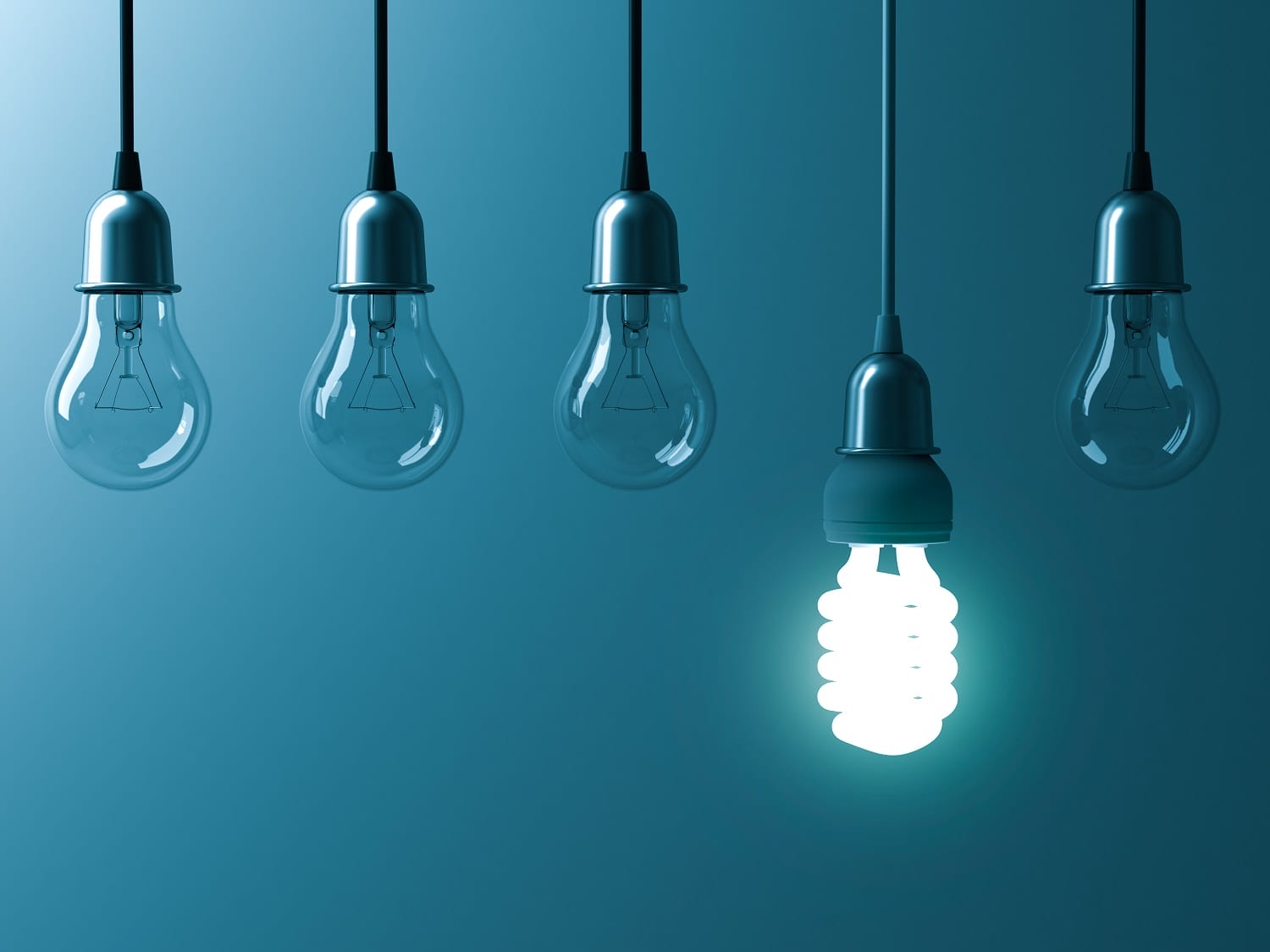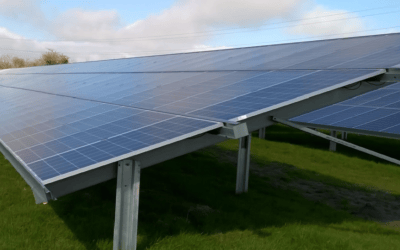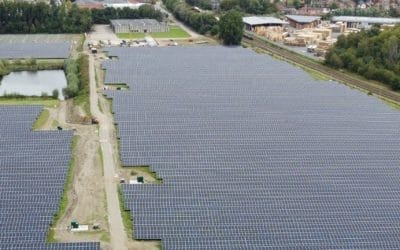
Lighting is one of the single biggest energy expenses that a business will face. According to the Carbon Trust, lighting accounts for around 20% of the electricity used in the UK and 75% of installations are out of date and unable to meet current design standards. Traditionally, commercial buildings relied on highly inefficient incandescent lighting, but following moves by the EU and governments across the world to outlaw their use, the days of halogen bulbs and fluorescent tubes are numbered.
LEDs – which stands for light-emitting diodes – are one technology that represents an immediate and potentially significant opportunity for organisations, when it comes to reducing energy bills and improving carbon credentials.
Replacing halogen lighting with LED units has the potential to reduce electricity consumption by between 65 and 85 percent, and typically offers a payback period of just two to five years. The LED technology itself has come on leaps and bounds in recent years; from the light quality produced; to the lighting efficacy (light output versus electricity used); and importantly the reduction in purchase price. Not to mention longevity. An LED that is used for an average of 8 hours per day will typically last over 20 years before it needs to be replaced. What this all adds up to is an easy win for businesses – a potentially very healthy return on investment, delivered by a well-established technology.
Retrofit versus redesign
When it comes to implementing lighting upgrades, there are two main options:
- Retrofit – to replace existing fittings and components
- Redesign – a full redesign that incorporates intelligent controls, to achieve the maximum possible benefit
When planned and managed by an experienced team, a comprehensive lighting redesign has the potential to generate both significant short and long term gains. Any such scheme, should not only look at upgrading technology and tackling issues of efficiency, but how lighting can be used to achieve the optimal environment for staff and customers, aiding productivity, comfort and in the case of retailers, even sales.
Intelligent lighting controls
Globally, building regulations are increasingly calling for the adoption of intelligent lighting and environment control systems that will help improve efficiency and reduce energy consumption. A good redesign or retrofit proposal should now include recommendations for their use, and just like lighting innovations, solutions of this nature have advanced greatly in recent years.
LED lighting combined with smart controls can reduce energy use while providing a high quality light experience. At a basic level, such systems can be used to turn off or dim unnecessary lighting, by sensing when someone is in the area. But going far beyond that, advanced systems can now provide additional benefits for businesses, such as improved monitoring and maintenance, and an enhanced experience for occupants.
Improving the experience of staff
Many studies have highlighted the role and importance of lighting within the workplace. One such report published by The BRE Trust, which looked at lighting and how it can affect the health of people in buildings, found it goes far beyond safety and simply providing enough illumination to see. It can affect mood, productivity and poor lighting can be responsible for several health issues, including headaches, eyestrain, skin conditions and various types of sight loss.
Providing the optimal working environment for staff is a key area of development, with daylight harvesting being one energy management technique that can prove beneficial.
It works by monitoring the level of ambient/natural light in a work space and dimming or switching off lighting when sufficient natural light is present (as well as when the space is unoccupied). This not only helps reduce energy use and expenditure, but improves the working environment.
Top takeaways
What is clear is that lighting is an area which presents a real opportunity for businesses. As one of the largest energy expenses many organisations face, and with tried and tested solutions on the market that could make an instant impact, it can be a quick win for many firms.
Things to consider, when it comes to improving workplace lighting:
- Upgrade lighting to LEDs
- Using LEDs can reduce lighting costs by around 30-50%
- Use intelligent lighting controls
- Occupancy sensors that dim or switch off lighting when there is nobody in the area can reduce electricity use by up to 30%
- Use an energy management system
- Using sensors to adjust artificial lighting based on the amount of natural light available can reduce electricity use by up to 40%
- Encourage behavioural change
- Get team buy in. This will be low cost to action but has a high potential return, especially if investment in sophisticated digital technologies is currently out of your reach
You may also be interested in:
- What does ‘behind the meter’ mean?
- Minimum Energy Efficiency Standard (MEES): a complete guide for businesses
This article was brought to you by the Commercial & Industrial team at Anesco. For more information about lighting upgrades, reducing your energy use and expenditure, and funding options, call 0845 894 4444.





